|
|
|
HOME
|
US Navy -
ships
|
US Navy - air
units
|
USMC - air
units
|
International
Navies
|
Weapon Systems
|
Special Reports |
|
Surface Vessel Weapon System Crotale EDIR SAM short-range anti-air missile system |
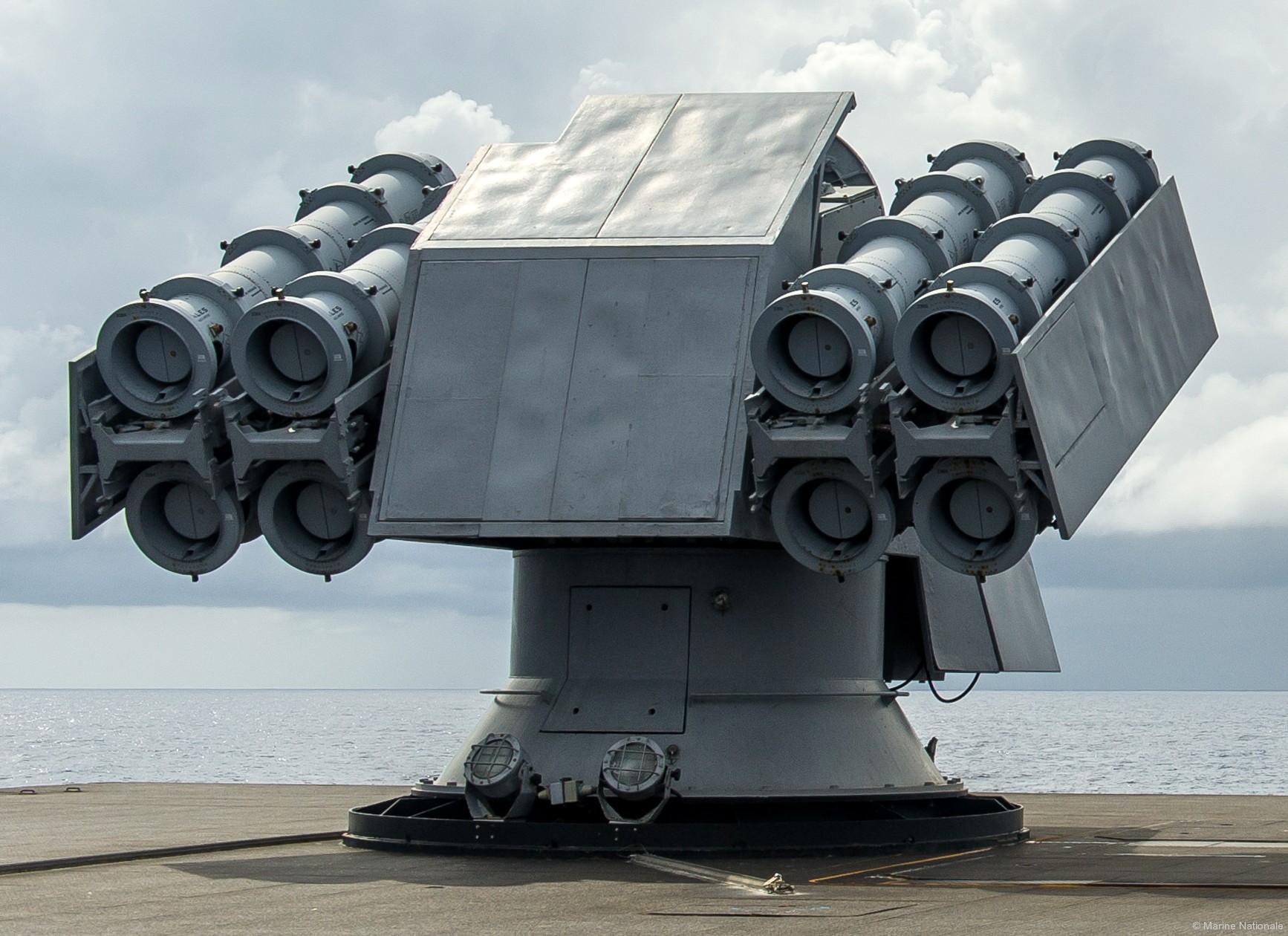 |
|
The Crotale EDIR (Ecartométrie
Différentielle InfraRouge, "InfraRed Differential Ecartometry") is
an all-weather short-range anti-air missile, which can be used to
intercept low-flight anti-ship missiles and aircraft. It has been
developed by Thomson CSF Matra and exists in two versions, a mobile
land-based version and a ship-launched one. Originally the Crotale R440 system was developed by Rockwell International and Thomson-Houston (and Mistral) in France for South Africa, where it was named Cactus. However, the achievements of the system impressed the French Armed Forces, who purchased the system both for the air force and for the navy. The firing system includes the main sensors of the ship, the firing system of the turret, and a central coordination system. The turret holds eight missiles ready for launch in watertight containers. The magazine behind the turret holds 18 missiles. The French army first utilised a 4x4 wheeled vehicle, armed with four launchers. In order to ensure higher mobility, it was decided to mount the system on the chassis of the French AMX-30 main battle tank. At the same time, the number of launchers were increased to six. In Finnish Army service, the Crotale NG system has been mounted on Sisu Pasi vehicles. Here the number of launchers is eight. The Crotale system has also been installed on various military ships. For instance the French Navy La Fayette class frigates have a Crotale 8-tubed launcher near the helicopter flight deck. The Crotale missile system consists of two components; a vehicle for transport, equipped with 2-8 launchers, a tracking radar is located between the launchers. A second vehicle carries the surveillance radar. The radar surveillance vehicle can be connected to several launcher vehicles, in order to achieve an effective air-defence system. The Crotale NG has incorporated both the launcher and the surveillance radar in one vehicle. The missile is driven by solid-propellant fuel. It can reach its maximum speed of Mach 2.3 within only two seconds and then follows the radar beam, until its infrared fuze senses that it is near its target and explodes. The surveillance radar and fire direction radar has a range of 20 km and the TV-link works up to 15 km. The TV-guidance system uses both regular and infrared cameras. The system can follow 8 targets simultaneously, and the guidance radar can follow both hovering helicopters as well as fighters exceeding speeds over Mach 2. The Crotale can also use surveillance data from other systems, data from optical surveillance and from the general aerial picture from the national air defence communications system. Crotale NG: A modernized version, the Crotale NG (New Generation), entered production in 1990. This version used the new VT-1 missile with Mach 3.5 speed, load factor to 35G, 11 km range, 13 kg warhead (8 m kill-zone) and 6,000 m ceiling. The system includes a S-band Pulse Doppler radar (20 km), Ku-band TWT tracking radar (30 km), Thermal camera (19 km), Daylight CCD camera (15 km), and an IR localiser. An early '90s proposal to fit the system (in its eight-round form) to a Leclerc tank chassis in order to provide a battlefield air defence vehicle for protecting armored formations on the move was not realised due to post-Cold War cutbacks. Variants: R440 Crotale: The original Crotale SAM system, with both land and sea (Sea Crotale) systems. Over 330 systems and several thousand missiles were produced and exported to more than 15 countries. HQ-7: China developed the HQ-7 system partly from reverse-engineering Crotale. An improved version, the HQ-7A/FM-90, is known to exist. Shahab Thaqeb: In 2002 Iran revealed details concerning a domestically produced surface-to-air missile system, named Shahab Thaqeb. The system, mounted on a 4-wheel trailer, closely resemembled the Chinese HQ-7/FM-80/90 series which Iran had already received. It was unclear whether these systems were actually manufactured in Iran, or whether some portion of the assembly had been conducted domestically. The Ya Zahra air defense system was introduced in 2012. R460 SICA (Shahine): Thomson-CSF (now Thales) developed a specific version of the Crotale known as "Shahine" for Saudi Arabia. The system became operational in 1980. The main visible differences are mainly the carrier (an AMX 30 armoured carrier instead of the non protected classic carrier), and that it carries a six missile firing unit (instead of four). The purpose of the changes was to allow the Shahine firing and acquisition units to follow and protect the armoured units of the Saudi Armed Forces on the battlefield. The Shahine units were among the first vehicles to liberate Kuwait City in February 1991 - a picture taken of the scene was widely published by Newsweek magazine. Crotale NG (VT-1): An updated version, New Generation. Finland was the first operator of the system. The cost of the system is roughly 8 million euros (excluding the vehicle). Greece is another user, and paid 1 Billion French Francs in 1998 for 11 systems: 9 for the Hellenic Air Force and 2 for the Hellenic Navy. In 2002 euros, that would have amounted up to 12 million euros per unit. Crotale Mk.3 (system): In January 2008, France test-fired the new Crotale Mk.3 system at the CELM missile launch test center in Biscarrosse. The Crotale Mk.3 system's VT1 missile successfully intercepted a Banshee target drone at 970 metre altitude and 8 km range in 11 seconds on 15 January 2008. Later, on 31 January 2008, the system successfully intercepted another target drone at a 500-metre altitude and 15 km range in 35 seconds. Manufacturer: Thales Group / Samsung Group Weight: 76 kg (167.5 lbs) Lenght: 2,35 meters (7.71 feet) Diameter: 16,5 centimeters (6 1/2 inches) Warhead weight: 13 kg (28.7 lbs) Detonation mechanism: IR fuse / radio fuse Propulsion: solid-propellant fuel Range: 11-16 km (6.8-10 miles) Ceilling: 6000-9000 meters (19680-29500 feet) Speed: 1200 m/s (4320 km/h / 2685 mph) Guidance: semi-active radar homing / electro-optical sensors / infra-red search & track source: wikipedia |
| images |
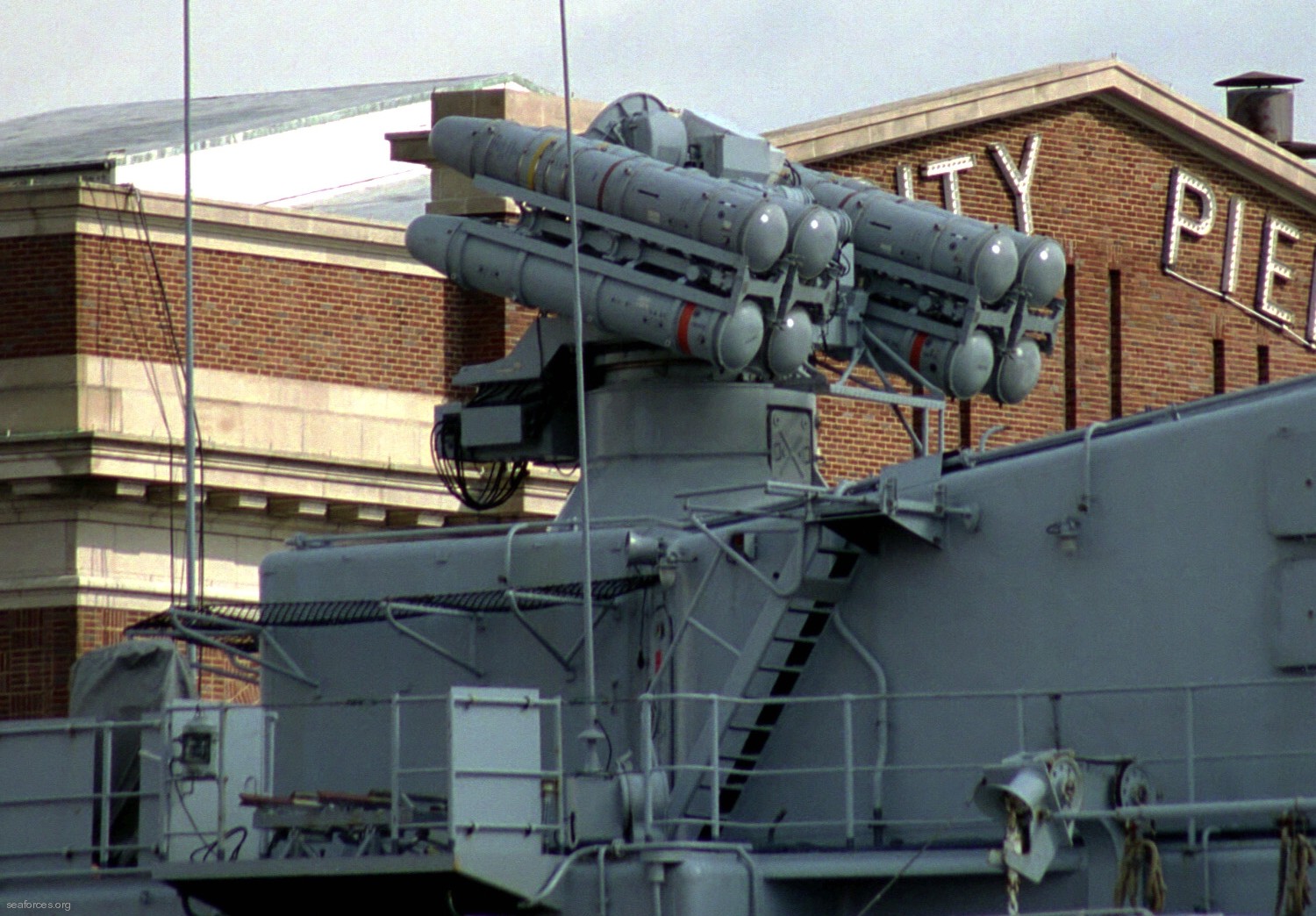 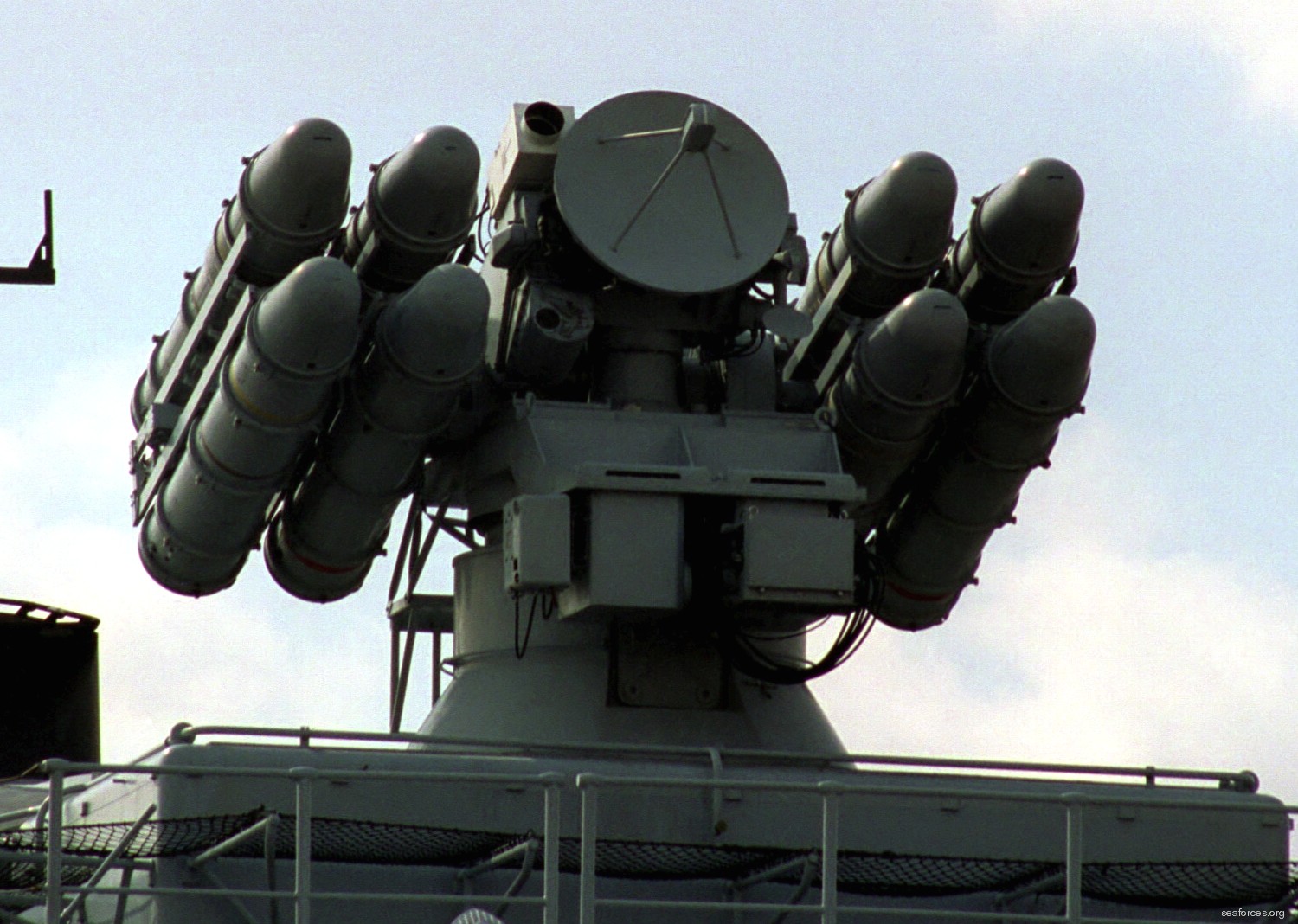 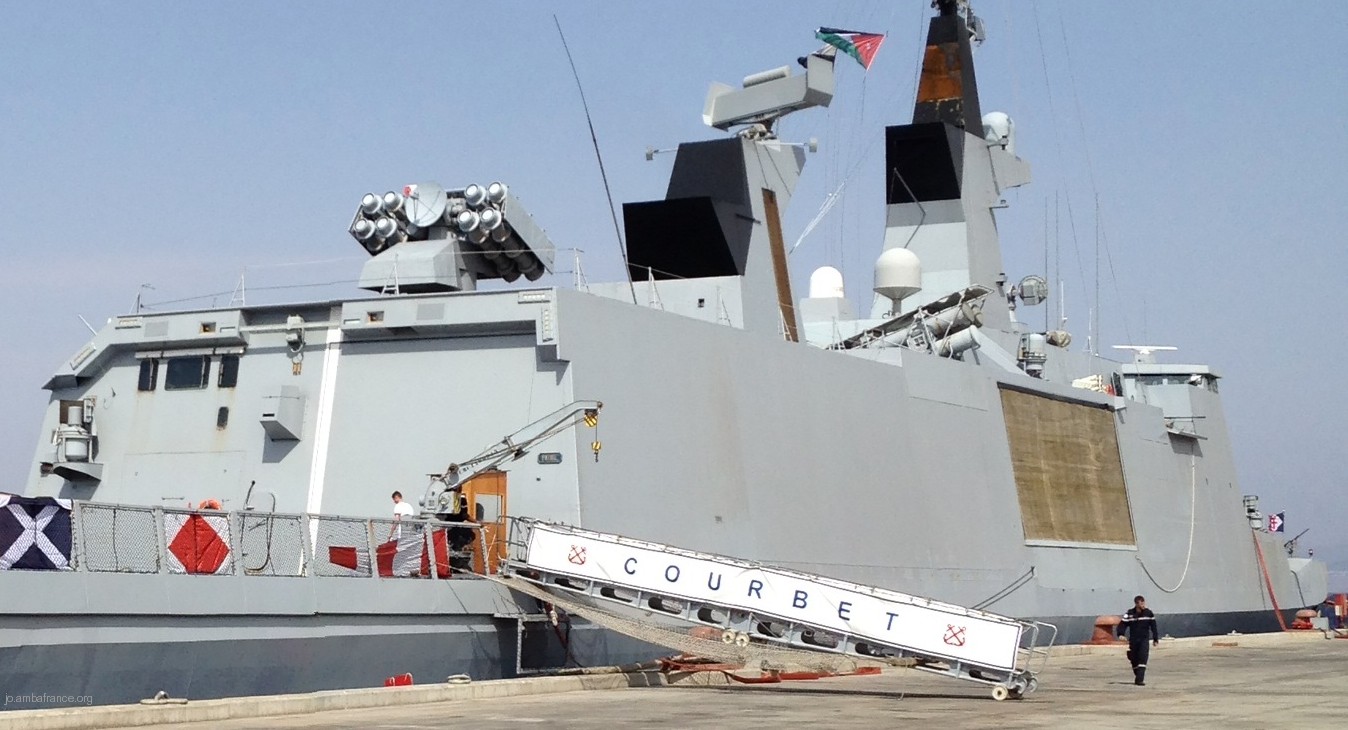 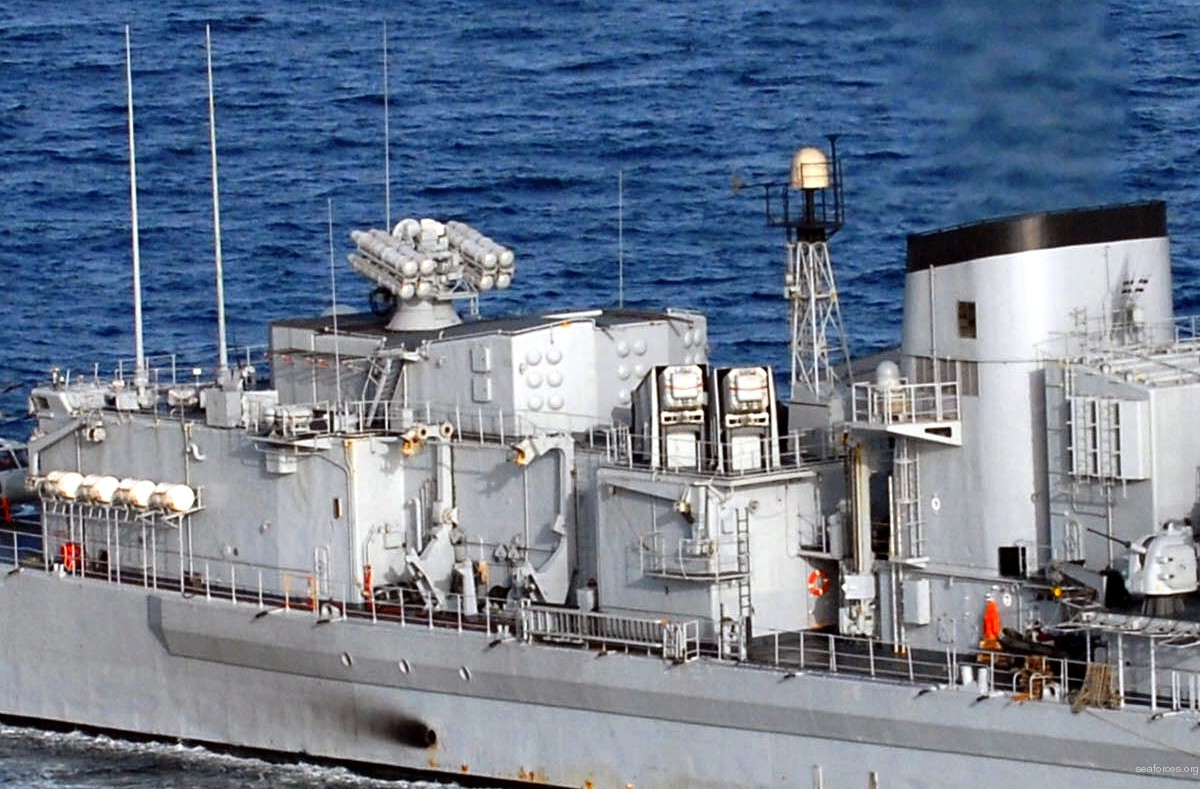 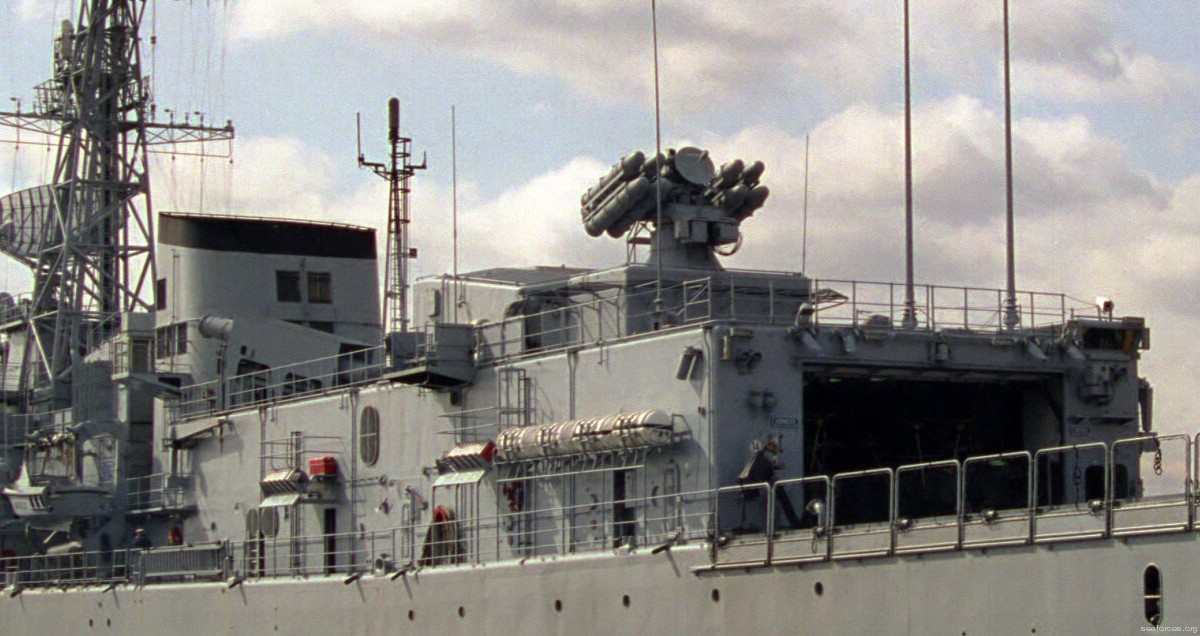 |
|
|
seaforces.org
|
Weapon Systems
start page
| |
